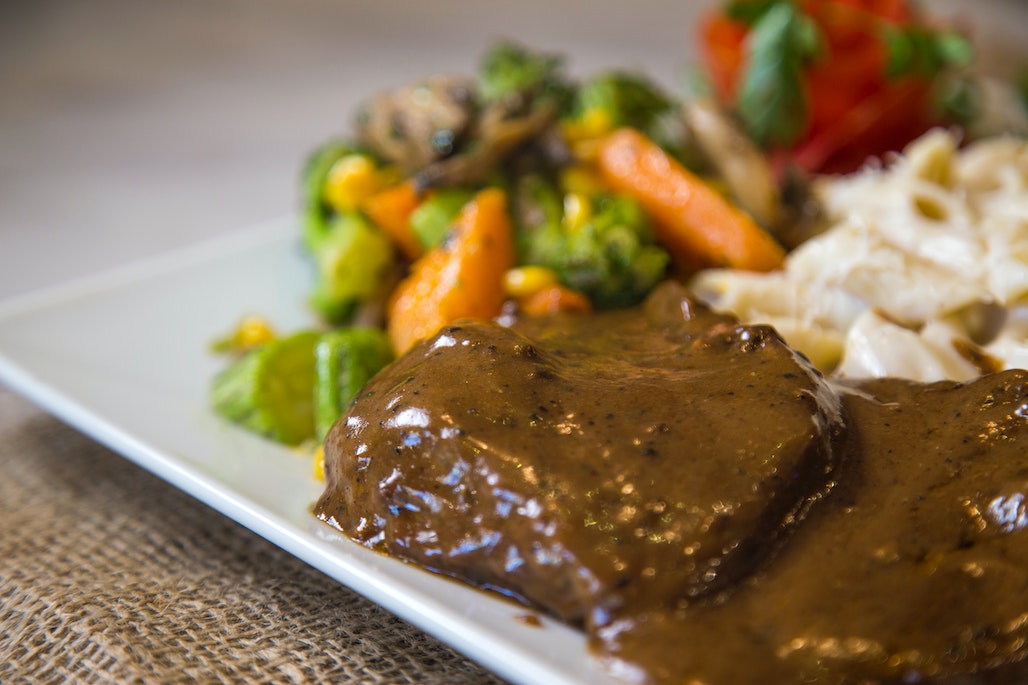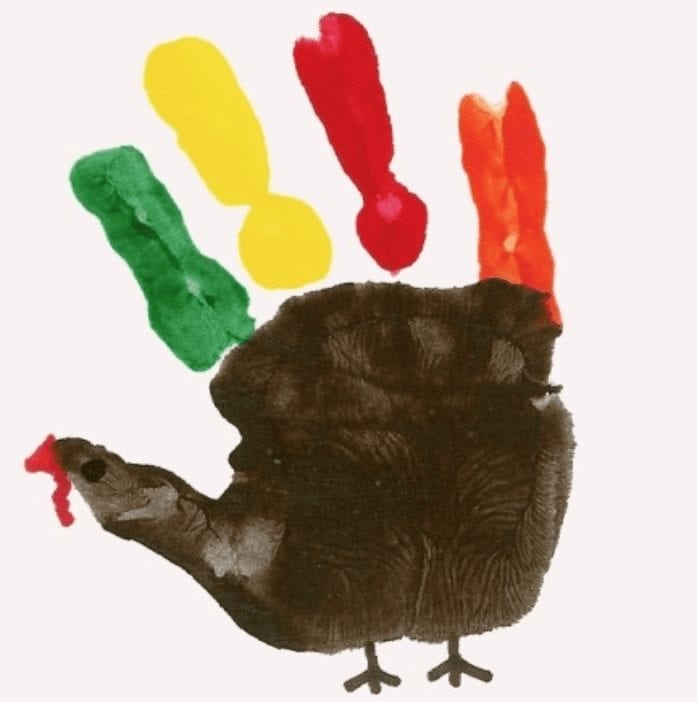 Do you remember as a kid making those turkeys out of a traced handprint or a pinecone? Do you remember the stories about the pilgrims and Indians in elementary school? In the midst of all the turkey decorations and historical stories, have you ever wondered what the first Thanksgiving was like?
Do you remember as a kid making those turkeys out of a traced handprint or a pinecone? Do you remember the stories about the pilgrims and Indians in elementary school? In the midst of all the turkey decorations and historical stories, have you ever wondered what the first Thanksgiving was like?
I started to dig for answers from historians and I found some interesting facts. The earliest record that we can find of Thanksgiving celebrations is 1607 in Cape Henry, Virginia, but that was not necessarily the first.
Another account was over a decade earlier when some pilgrims arrived to America after a storm-tossed journey. They disembarked at Plymouth Rock, held a prayer service, and then started to make shelters to protect themselves from the nasty New England winter. However half of the people that made this specific journey died before spring. Yet with prayer and the help of Indians they were able to persevere and have an abundant harvest the next year. In great thankfulness they celebrated in December of 1621. That was the first “unofficial” Thanksgiving.
In 1789 the first George Washington declared the first national day of Thanksgiving, but it was not recurring until Abraham Lincoln made it a holiday in 1863. He invited all Americans “To observe the last Thursday of November as a day of thanksgiving and praise to our beneficent father who dwelleth in the heavens.”
In Psalm 104 we can find the biblical essence of thanks that Washington and Lincoln pronounce in their declarations. “You cause the grass to grow for the livestock and plants for man to cultivate, that he may bring forth food from the earth… and bread to strengthen man’s heart. May the glory of the LORD endure forever; may the LORD rejoice in his works… Bless the LORD, O my soul! Praise the LORD!”







![Where is God when Discouragement Sets In? [Sermon]](https://joshweidmann.com/wp-content/uploads/2022/06/paola-chaaya-eAkjzXCU0p0-unsplash-180x135.jpg)

![How to Help Kids with Anxiety [video]](https://joshweidmann.com/wp-content/uploads/2020/07/mladen-borisov-RzbUUaP2JXY-unsplash-180x135.jpg)



